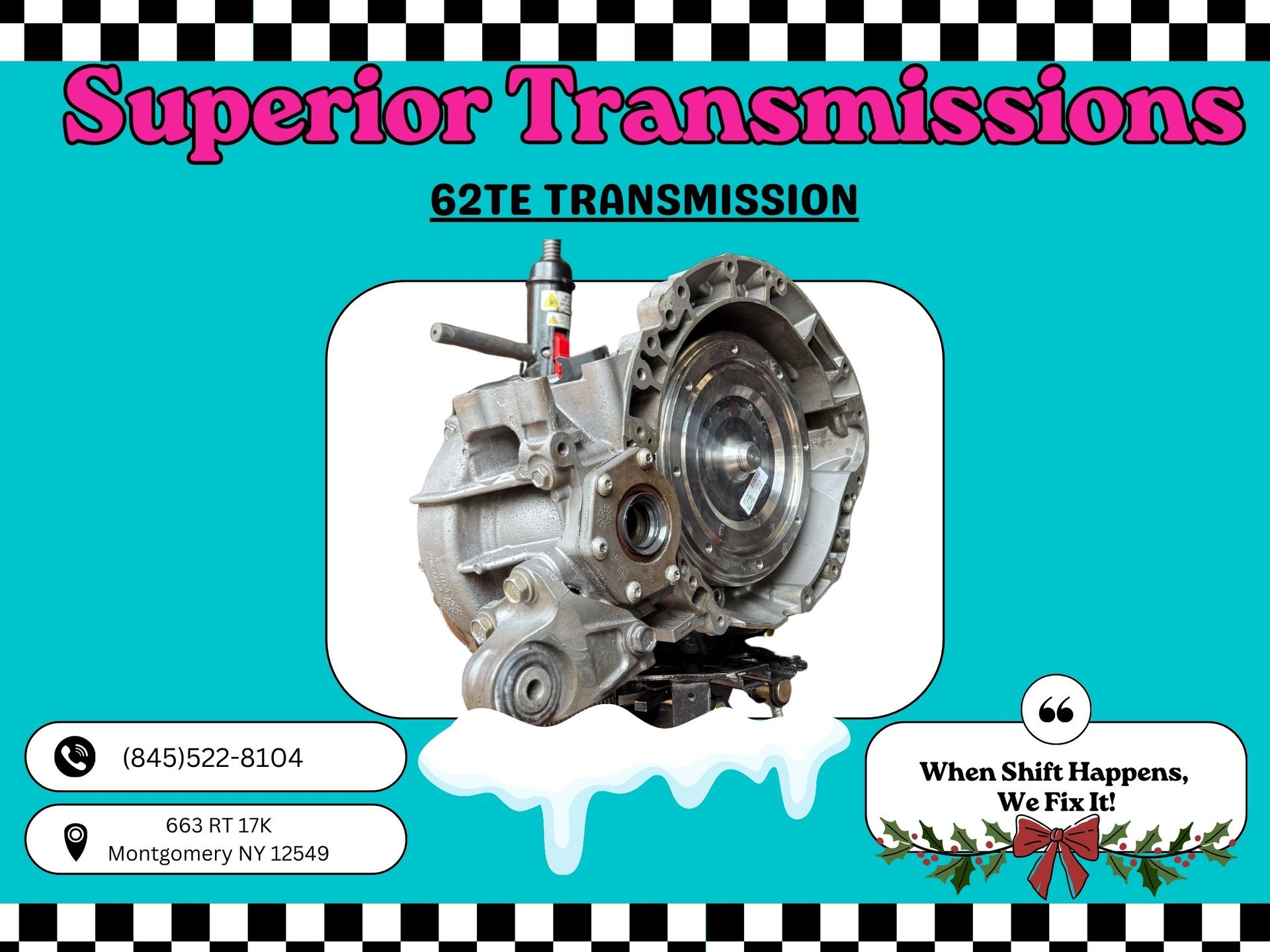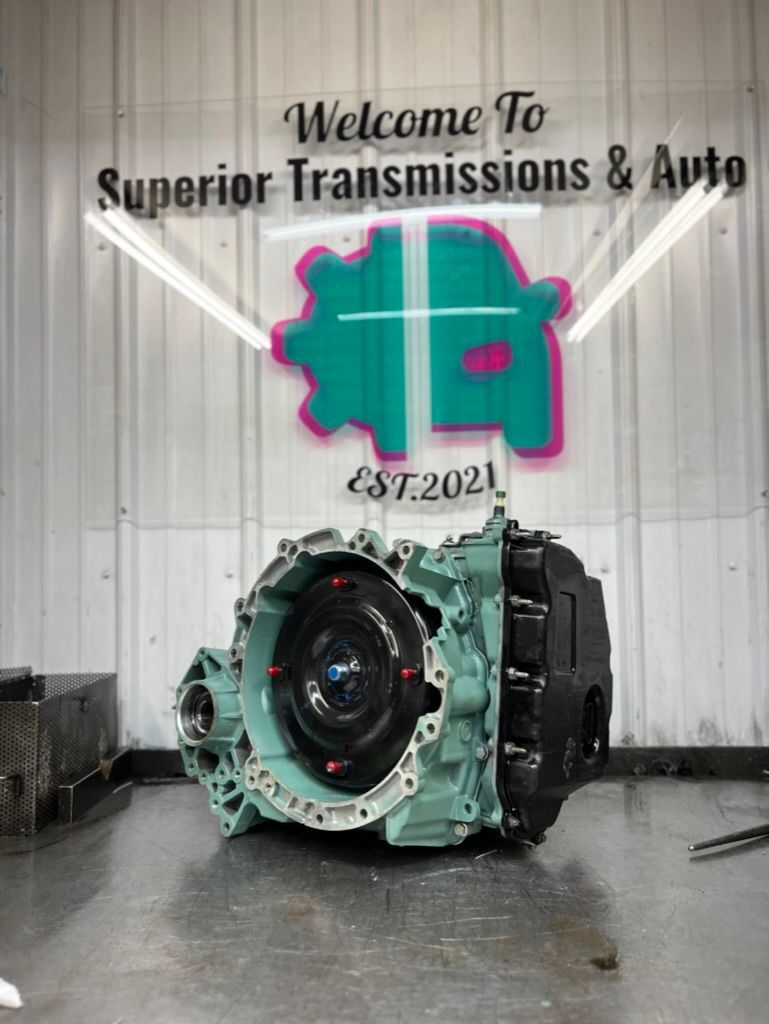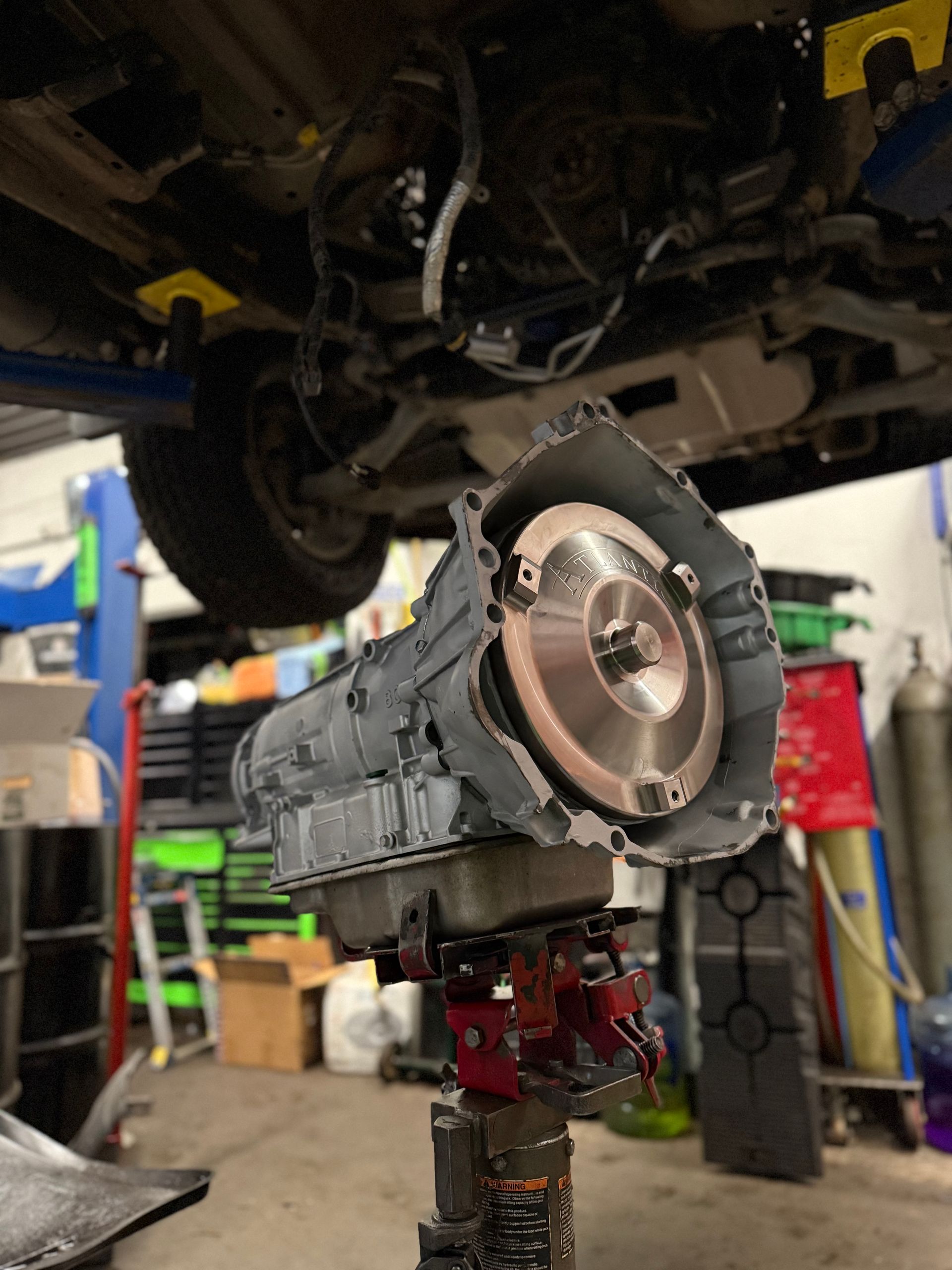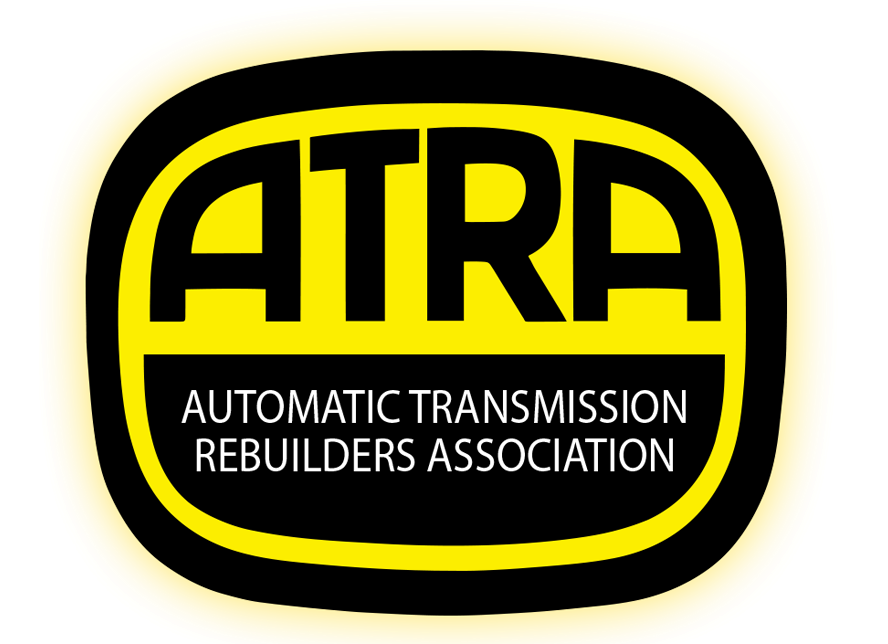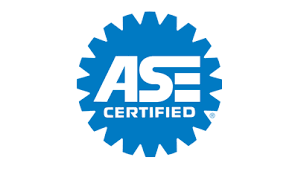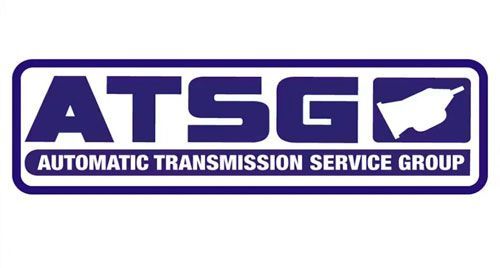5 Reasons Your Transmission Won’t Shift
June 3, 2025
June 3, 2025
5 Reasons Your Transmission Won’t Shift Gears
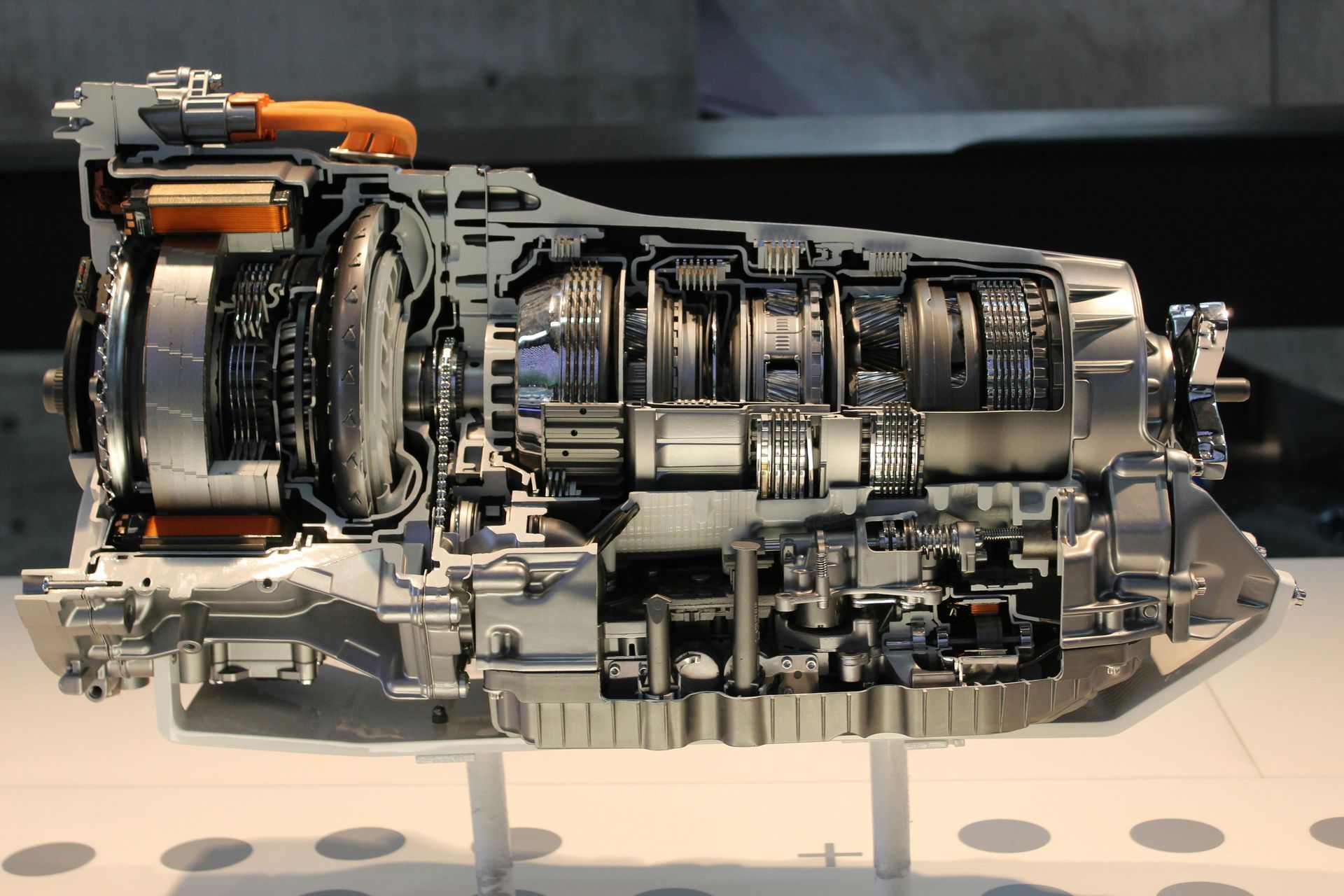
Few things are more frustrating than turning the key, hitting the gas, and realizing your car won’t shift into gear. Whether it's stuck in park, won’t move out of first gear, or grinds when shifting, transmission issues are serious—and they usually get worse over time if ignored.
At Superior Transmissions and Auto, we specialize in diagnosing and repairing transmission problems. Here's a breakdown of the top 5 reasons your transmission might not be shifting gears properly:
1. Low or Contaminated Transmission Fluid
Transmission fluid is the lifeblood of your transmission. It lubricates, cools, and helps create the hydraulic pressure needed to shift gears smoothly. If you're low on fluid—or if the fluid is burnt, dirty, or old—your transmission may struggle or refuse to shift altogether.
Signs to look for:
Sluggish shifting
Overheating transmission
Dark or burnt-smelling fluid
Quick Tip: Check your transmission fluid level and condition regularly. If it's low, topping it off might help—but if it's dirty or smells burnt, it’s time for a full fluid change or flush.
2. Faulty Shift Solenoids
Modern automatic transmissions rely on electronic shift solenoids to control gear changes. If one of these fails, the transmission may get stuck in a single gear or skip others entirely.
Symptoms of bad solenoids:
Stuck in neutral or limp mode
Delayed gear engagement
Transmission warning light
This is a common issue in electronically controlled transmissions, and one that requires proper diagnostics to pinpoint.
3. Worn or Damaged Clutch (Manual & Some Automatics)
In manual transmissions—and some automatic transmissions with dual-clutch setups—a worn-out clutch can prevent the vehicle from shifting properly. If the clutch isn't disengaging fully, you’ll likely hear grinding when trying to shift, or it may refuse to engage the gear entirely.
Signs of clutch issues:
Grinding noise when shifting
High clutch pedal engagement
Burning smell or slipping under load
If you’re experiencing these, your clutch may be due for a replacement.
4. Transmission Control Module (TCM) Failure
The TCM is like the brain of your transmission. It uses data from sensors to determine when and how to shift gears. If the module fails or receives incorrect signals from sensors (like the throttle position or vehicle speed sensors), the transmission may act erratically—or stop shifting altogether.
What to expect:
Erratic or harsh shifting
Transmission stuck in one gear
Check engine or transmission warning lights
Diagnosing TCM or sensor issues typically requires specialized scan tools.
5. Internal Transmission Damage
If your transmission still won’t shift after checking fluid, solenoids, and electronics, the problem may lie within the transmission itself. Broken bands, worn gears, or a failing torque converter can all lead to gear shift failure.
Warning signs:
Metal shavings in fluid
Whining or clunking noises
Vehicle won’t move in gear
Internal damage often requires a full rebuild or replacement—but catching issues early can sometimes prevent more serious (and expensive) repairs.
Final Thoughts
If your transmission won’t shift, it’s not something to ignore. What starts as a small problem—like low fluid—can quickly snowball into a complete transmission failure. The good news? Most issues are fixable if caught early.
Need help diagnosing your transmission?
At Superior Transmissions and Auto in New Windsor, NY, we offer expert diagnostics, transmission rebuilds, and repairs. Call us today or schedule an appointment online—we’ll help you get back in gear.


